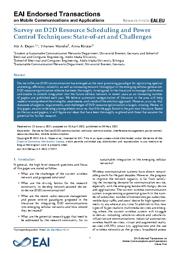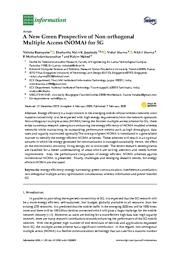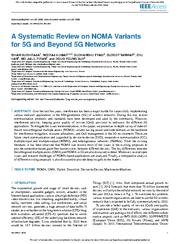A copy of this work was available on the public web and has been preserved in the Wayback Machine. The capture dates from 2022; you can also visit the original URL.
The file type is application/pdf.
Note that this fulltext copy is not of the "primary" version of this work. The version it corresponds to is:
2022 pre-print arXiv:2003.03303v3 fatcat:nhzkg2riybelxfdwqg2ionfyxq














